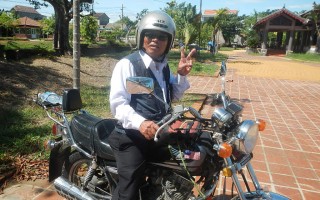
Arriving in Hue, Central Vietnam, I can immediately see the difference from the north. It’s calmer, more relaxed, the people are friendlier and the streets cleaner. Hue is a huge city with a lot of history, specifically regarding the Vietnam War. I am a little wary on how they would receive Americans, as one should […]
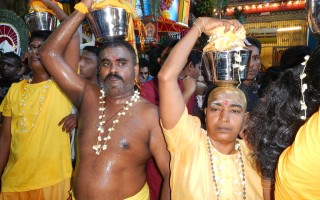
The minute I step out of my hostel, I’m engulfed in a tightly packed crowd lining the sidewalk. I push my way through, passing parents hoisting their kids up on their shoulders and volunteers passing out food. Bewildered, I crane my neck to peer through the crowd and see the procession passing. Flashes of multi […]
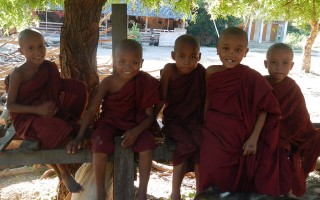
A bell tolls from a nearby temple, welcoming the rising sun as it seeps through the valleys, illuminating one pagoda at a time. Dawn marks the hours of alms for the novices that inhabit the hundreds of monasteries and nunneries of Sagaing, the holy center of Myanmar. I watched through the bamboo thatches of my […]
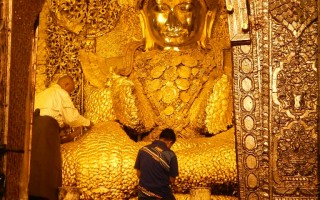
A country in the midst of a political transition and geographically placed along the Himalayas, sharing borders with India and Bangladesh and linking a “Golden Triangle” with Thailand and Laos, Burma, now Myanmar, is a fascinating country with the friendliest people in Asia. Yangon I stay near the Sule Paya, a golden pagoda set in […]

The best way to see a place is through the eyes of the locals. Whenever possible, I avoid hop-on buses and express tours. I like to explore cities by simply walking around and getting lost. But its always best to have a local person who speaks the local language and is familiar with the streets […]
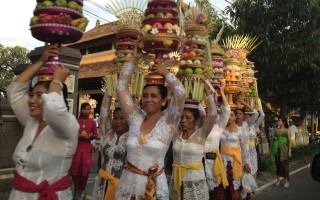
I arrived in Bali during an auspictious time. The streets were decorated with bamboo poles and prayer offerings were everywhere. I saw processions of women carrying towers of food and flowers; groups of kids of all ages playing the gamelan; and processions taking Barong (mystical beast) through the streets. In fact, every home and business […]

I have heard numerous stories over the years about how people have returned from a vacation with sour stories of stolen passport, money or expensive items. And then there are others that fall victims to con artists and willingly fall into the trap of giving it away free willing. In fact, some people have a […]